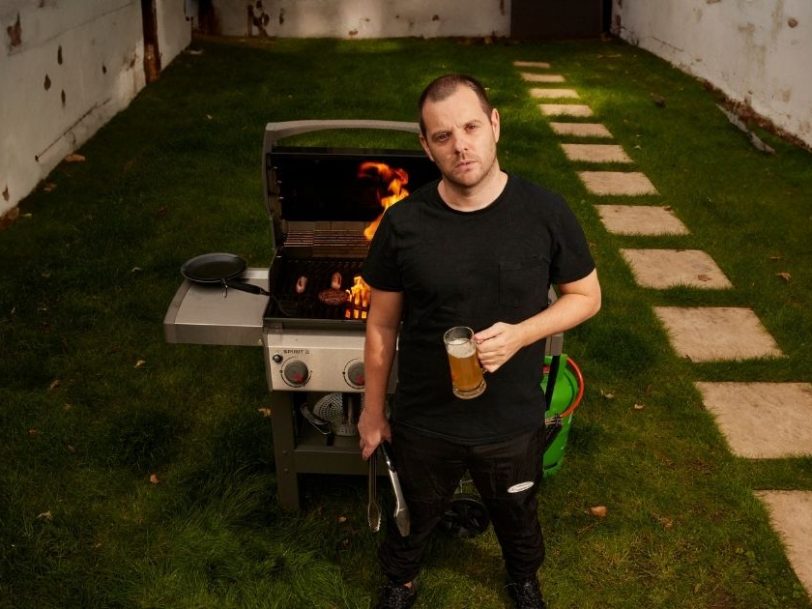Fronted by the acclaimed rapper and lyricist Mike Skinner, The Streets have made a triumphant comeback with their much-anticipated sixth album and its accompanying feature film, The Darker The Shadow The Brighter The Light. While their 2020 mixtape, None Of Us Are Getting Out Of This Alive, offered fans a taste of the group’s evolving sound, The Darker The Shadow The Brighter The Light represents The Streets’ first album proper since 2011’s Computers And Blues and essentially doubles as a soundtrack to Mike Skinner’s debut feature film.
Reportedly created over a span of seven years, each song on The Darker The Shadow The Brighter The Light sees Skinner weaving together a multi-layered narrative inspired by his love of film noir and crime fiction novels, while drawing upon his extensive experience as a DJ in nightclubs to infuse his storytelling with newfound depth. In a bold move, Skinner has assumed a multitude of roles on the project, including director, producer, writer, editor, composer and lead actor, pushing the boundaries of his artistic expression beyond anything he’d ever attempted before.
Listen to The Darker The Shadow The Brighter The Light’ here.
“It’s been such a huge undertaking and because I’ve been funding it myself, you can’t really do it all in one go,” Skinner has said. “But the more help I got, the more I was convinced it was going to happen.” Musically, The Darker The Shadow The Brighter The Light has emerged as a sprawling Sandinista!-style record that takes in genres as disparate as UK garage, 2-step, house, techno, ska, electro-pop and sample-pilfering 90s hip-hop, easily making it the group’s most ambitious sonic journey to date…
The narrative concept: “The film is an exploration of different types of nightclubs, injecting a crime story into the banal life of a DJ”
Beginning with Mike Skinner’s love letter to club culture, Too Much Yayo, The Darker The Shadow The Brighter The Light immediately thrusts listeners into the throng of ravers under the strobe lights, each with their pupils dilating due to various intoxicants. “Obviously, clubs, music and drugs all go hand in hand,” Skinner admits, “and the song really is about setting the scene before the story starts to unfold.” With throbs of wobble bass and a hypnotic hi-hat pattern, Skinner even throws in a few trap-influenced rolls, proving that The Streets’ keen ear for the contemporary is as sharp as ever.




